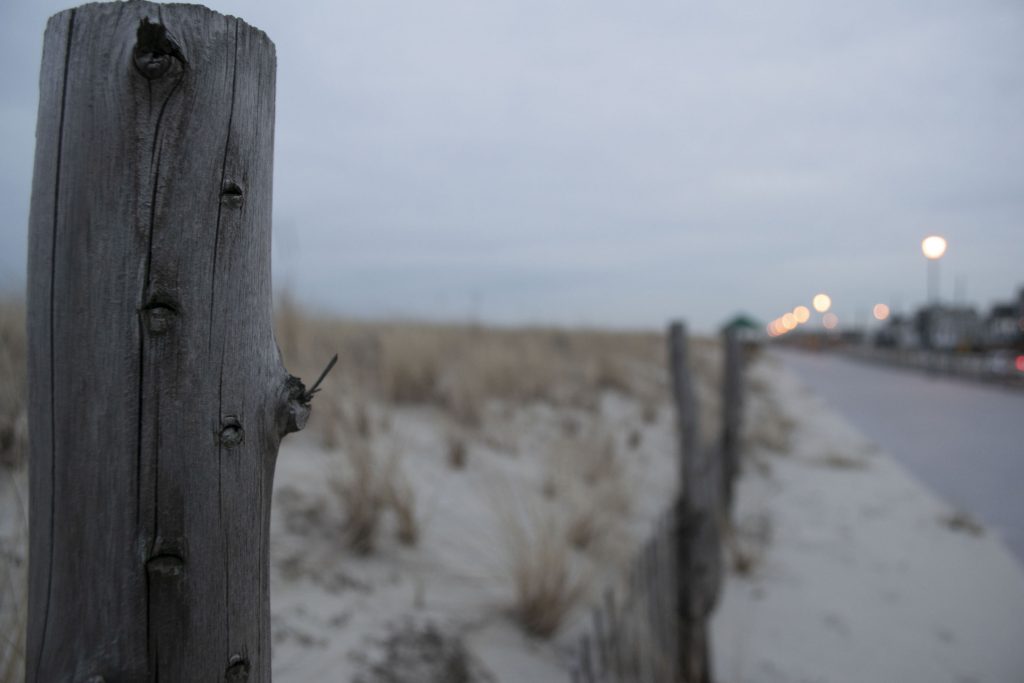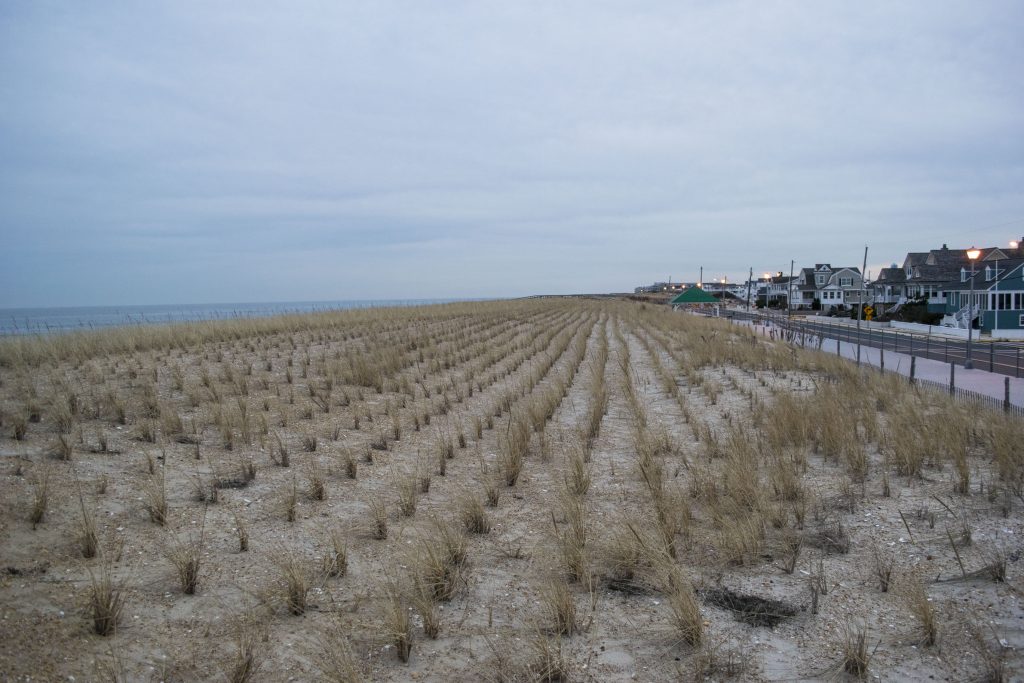A 16-block portion of Seaside Park’s boardwalk is in need of replacement, and officials are determined to complete the task without interrupting the summer season. The first order of business, however, is determining what the new boardwalk will be made of.
The choices have been narrowed down to pressure treated number two pine or Trex-style synthetic decking, which is already used on parts of the borough’s existing boardwalk. The ultimate decision may come down to cost, as officials are concerned over the optics of a large outlay of cash for a boardwalk as residents are calling for expenditures on anti-flooding infrastructure on the bay side of town. Still, Trex, the more expensive option, could be chosen since it has double the lifespan of wood with less maintenance. One thing the boardwalk will not be made of: concrete.
“The public, the council, and everyone said that concrete was out,” said Mayor John A. Peterson.
The capital outlay for replacing the 16-block stretch of boardwalk between 4th Street and K Street – currently the wooden portion of the boardwalk – may be up to $5 million. Regardless of which material it’s made from, the bulk of the cost of construction will be replacing the undercarriage of the walkway, said Councilman Ray Amabile. Presently, there is rotting and other flaws, and the boardwalk must be able to support the weight of emergency vehicles.
Council members will be tasked with choosing between a basic Trex decking, a heavier and more expensive Trex decking, simple treated wood and marine grade wood. The pricier Trex decking would come at an extra cost of $400,000, the cheaper wood would come with a savings of $550,000 and the more expensive grade wood would come with a savings of $250,000, compared to the basic Trex cost.
The Trex-versus-wood debate is one that will have to end soon if the borough wants the new boardwalk to be in place in time for the summer – or the project will have to be put off until fall.
A wooden boardwalk is expected to last 10 to 15 years while a Trex boardwalk has an estimated lifespan of 25 years, officials said.
“The wood decking that was done in 2002 is already considered hazardous to pedestrians and in need of replacement,” said Councilman William Kraft. “Wood also needs maintenance. If you go with wood, the boardwalk would end up having a mix of wood and Trex, which I think is less attractive.”
Peterson, however, said he believes most residents would rather save money for use on more pressing infrastructure projects.
“My gut reaction would be to listen to any and all public comments,” he said. “I think the borough should save the money, myself.”
“I think we should go with the Trex,” Amabile said. “It’s a case of pay me now or pay me later. In 10 years, we’d have to go back, do the wood all over again and it’s going to cost more.”
The boardwalk replacement would make up about $3.9 million of the project cost, with the remainder making up the cost of reconstructing parking lots one, two and three. The lots, while were called an “eyesore” by Kraft, would be repaved and new lighting and amenities would be installed. Electric charging stations could potentially be added at little to no cost through grant funding.
The borough administrator, Sandra Rice, recommended the council complete the entire 16-block section instead of rebuilding small portions in order to save money upfront. Positioning equipment, she said, is a major cost factor. Rebuilding just two blocks, for example, can cost $500,000.
“Think about economies of scale,” Rice said. “For two blocks alone it cost $500,000. If you do a bigger section, there is a cost benefit as opposed to doing it piecemeal.”
While everyone has their own preference, it will be up to the council to decide on the boardwalk material so specifications can be drawn up by the borough engineer and the project can be put out to bid.
For one former borough council member, the answer is simple.
“It should be wood,” Michael Tierney said. “It’s a boardwalk.”

Advertisement

Police, Fire & Courts
Seaside Park Police Blotter: March 5, 2025

Seaside Heights & Seaside Park
In Seaside Heights, A $50M Flagship Building Rises Over the Boulevard in a Famed Location

Police, Fire & Courts
Ocean County Sheriff Establishes Drone Command Center in Seaside Heights Amid New Video










